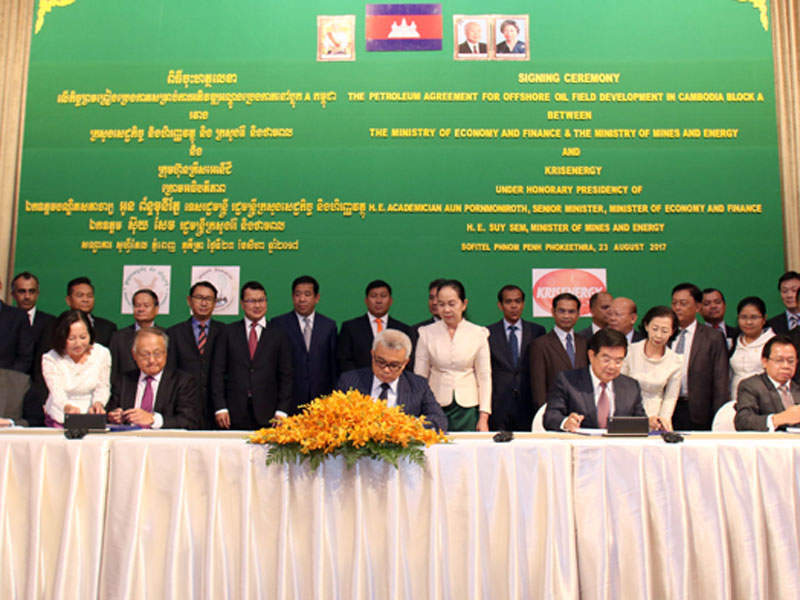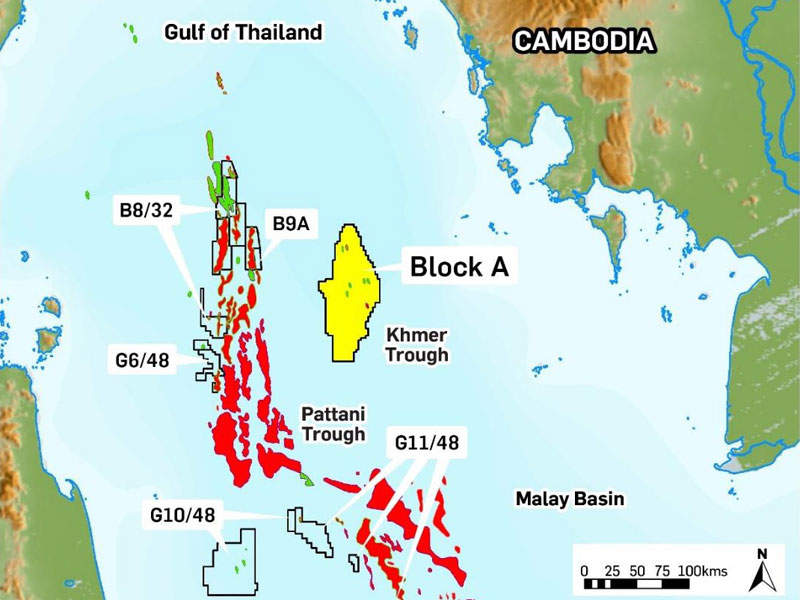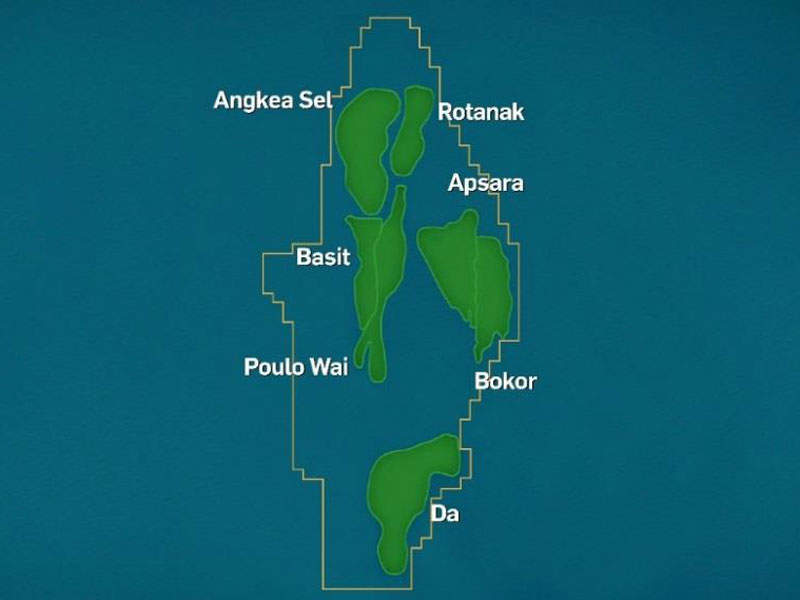Apsara oil field lies in Block A of the Khmer Basin in the Gulf of Thailand, offshore Cambodia.
It will be the first oil field to be developed in the country, which has historically been dependent on imports to meet its energy needs.
Block A of the Khmer Basin is jointly owned by operator KrisEnergy Group (95%) and the Royal Government of Cambodia (5%),
The Government of Cambodia and KrisEnergy signed an initial agreement to formally commence development of the offshore field in August 2017.
First oil production from the field is expected to be achieved in the next 24 months.
Block A geology and exploration
The Block A covers 3,083km² of the Khmer Basin in shallow waters of depths between 50m and 80m.
The basin is characterised by early Palaeocene age rifting and Neogene thermal subsidence.
Extensive exploration and appraisal activities have been undertaken in the block, in addition to the acquisition of substantive 2D and 3D seismic data.
Seven prospective areas development have been identified based on the 3D data, including Apsara, Poulo Wai, Basit, Angkea Sel, Rotanak, Bokor and Da.
The Apsara area is the first geological trend to be developed in the block.
A total of 27 wells have been drilled in the block, including 13 that have struck oil and gas. Six of the wells were drilled in the Apsara field area and encountered hydrocarbons between vertical depths ranging from 73ft to 138ft.
Four of the six wells were tested and flowed at rates ranging between 410 barrels of oil a day (bod) and 860bopd.
Development plan for the Cambodian offshore oil field
The initial development plan for Apsara’s first phase has been sub-divided into three stages, namely phase 1A, phase 1B and phase 1C.
Phase 1A will include the drilling of 20 development wells from an unmanned offshore platform A. It will be the first platform to be installed in the Apsara block and is set to include a 24-slot wellhead and processing facilities.
The platform will have a processing capacity of 30,000 barrels of fluid a day. Recovered hydrocarbons will be transferred to a permanently moored floating, storage and offloading (FSO) vessel via a 1.5km-long pipeline.
Work on phase 1B will be dependent on the successful execution of phase 1A, and productivity from the first stage will be monitored for a period of six months before the commencement of the next stage.
Phase 1B is planned to include the installation of three additional platforms B, C and D, which will be tied back to platform A through 5km-long associated pipelines.
The FSO vessel will accommodate production from phase 1B.
Apsara phase 1C development details
The production permit recently signed between the Cambodian Government and KrisEnergy covers the first two stages of development.
KrisEnergy will seek an additional production permit for the last stage of the phase one development upon successful implementation of the first two stages.
Phase 1C will cover the southern area of the Apsara field. A drilling campaign consisting of three to four appraisal wells will be undertaken to prove the potential of the area.
The Phase 1C development will be undertaken based on the results from the initial wells and will include the installation of six platforms, including five wellhead platforms and a central processing platform (CPP).
Hydrocarbons produced from the five platforms will be sent to the CPP for processing and subsequently offloaded onto the FSO vessel.
Future development plans for Block A
Successful execution of the first phase of Apsara development is expected to lead to additional exploration and appraisal activities.
Phase two will include development of hydrocarbons from the Poulo Wai and Basit trends, while phase three will cover the Angkea Sel, Rotanak, Bokor and Da trends.




